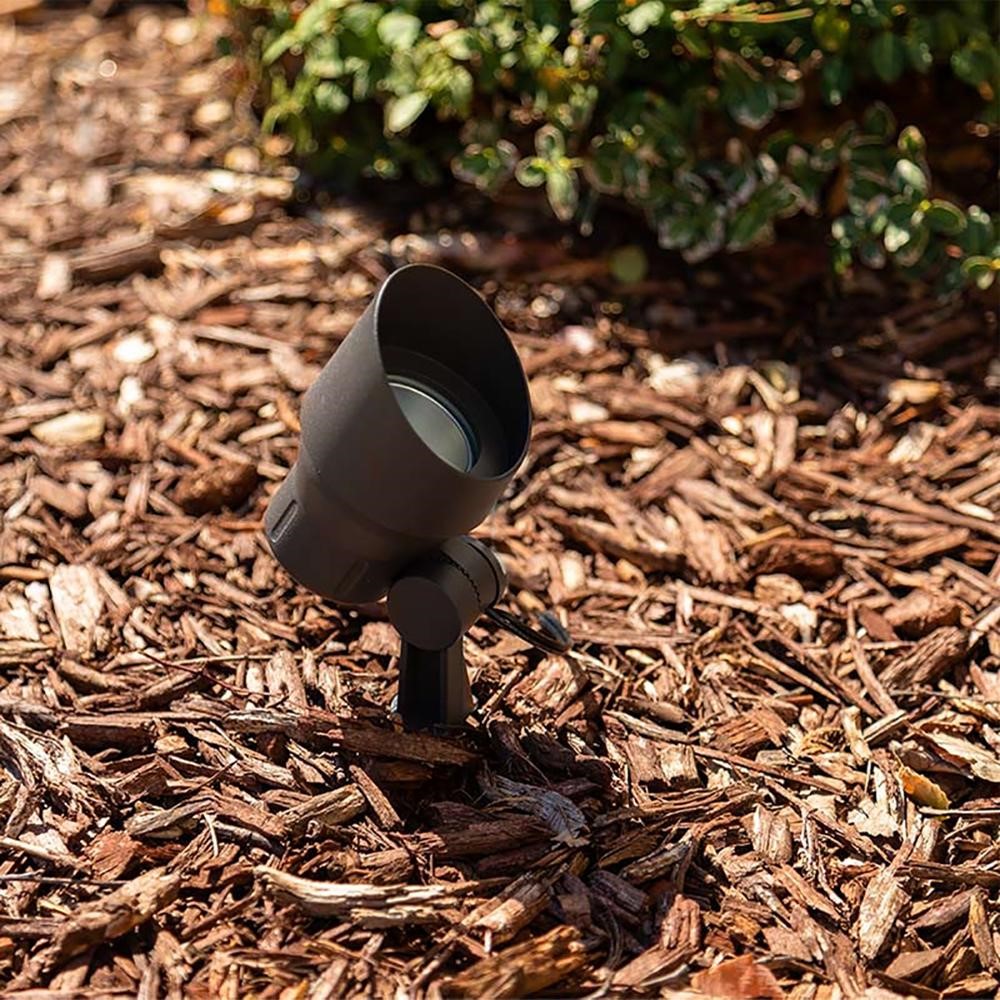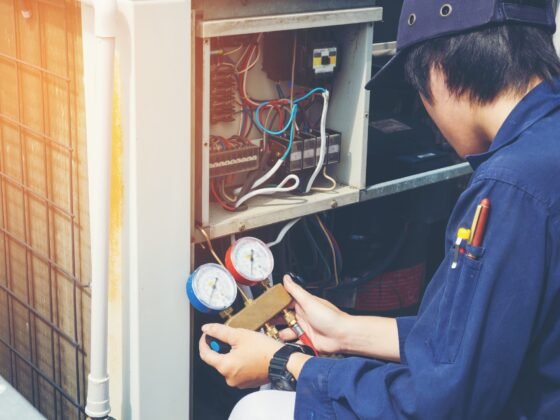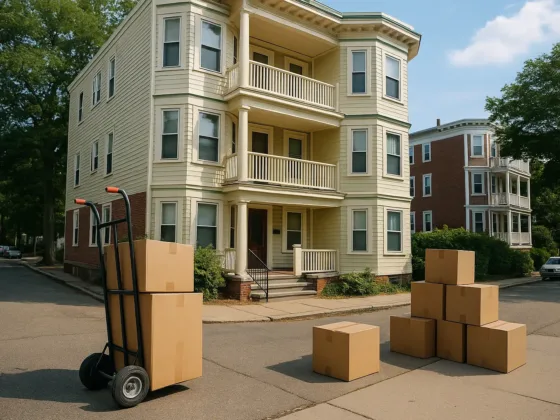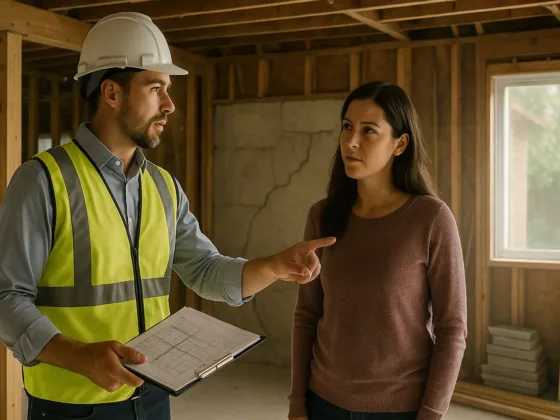Table of Contents Show
Designing and installing a custom outdoor lighting system can enhance the appearance and functionality of any outdoor space. It can also increase the safety and security of a property.
You can use pathway lights, outdoor spotlights, step lights, or flood lights in the custom outdoor landscape lighting system.
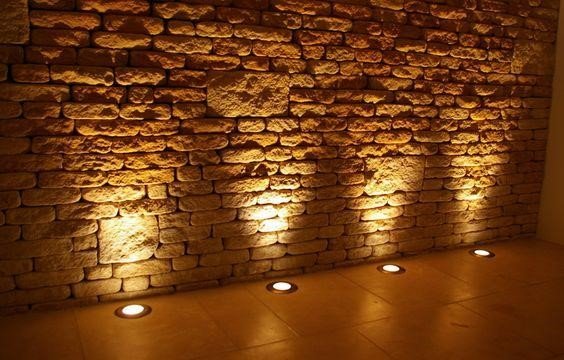
The process of designing and installing a custom outdoor lighting system involves several steps, including:
Assessing the Outdoor Space
This includes identifying the areas that need lighting, such as pathways, driveways, and outdoor living areas. It also involves considering the layout and design of the space, as well as any existing electrical infrastructure.
Developing a Lighting Plan
This involves creating a detailed plan that outlines the type, placement, and number of lights needed to achieve the desired lighting effects.
Choosing Lighting Fixtures
This involves selecting fixtures that are appropriate for the outdoor space, including the type of bulbs, wattage, and finish.
Installing the Lighting System
This involves installing the lighting fixtures according to the lighting plan, including running electrical wiring and making connections.
Testing and Adjusting the Lighting System
Once the lighting system is installed, it is important to test it to ensure that it is functioning properly and providing the desired lighting effects. Any necessary adjustments can be made at this time.
By following these steps, you can create a custom outdoor lighting system that meets your specific needs and enhances the appearance and functionality of your outdoor space.
Outdoor lighting serves several important purposes:
Safety
Outdoor lighting can increase the safety and security of the property by illuminating pathways, steps, and other areas that may be difficult to see at night. This can help to prevent accidents and deter crime.
Functionality
Outdoor lighting can make it possible to use an outdoor space at night, such as for entertaining, relaxing, or working.
Aesthetics
Outdoor lighting can enhance the appearance of a property by highlighting features and creating a desired ambiance.
Energy Efficiency
By carefully selecting and placing outdoor lighting fixtures, it is possible to save energy and reduce costs.
Overall, a well-designed outdoor lighting system can improve the functionality, safety, and aesthetics of outdoor space, and can be an important investment in a property.
Following is a brief outline of the process of designing and installing a custom outdoor lighting system.
- Assessing the outdoor space
- Developing a lighting plan
- Choosing lighting fixtures
- Installing the lighting system
- Testing and adjusting the lighting system
1. Assessing The Outdoor Space
Assessing the outdoor space is an important first step in the process of designing and installing a custom outdoor lighting system.
This involves identifying the areas that need lighting, such as pathways, driveways, and outdoor living areas. It also involves considering the layout and design of the space, as well as any existing electrical infrastructure.
By carefully assessing the outdoor space, you can determine the type, placement, and number of lights needed to achieve the desired lighting effects. This information will be used to develop a lighting plan and choose the appropriate lighting fixtures.
Assessing the outdoor space is important because it helps to ensure that the custom outdoor lighting system meets the specific needs and goals of the user.
By identifying the areas that need lighting and considering the layout and design of the space, it is possible to create a lighting plan that is both functional and aesthetically pleasing.
Additionally, by considering the existing electrical infrastructure, it is possible to ensure that the lighting system can be properly installed and powered.
Overall, a thorough assessment of the outdoor space is essential for creating an effective and efficient custom outdoor lighting system.
Read Also:
2. Developing A Lighting Plan
Developing a lighting plan is the second step in the process of designing and installing a custom outdoor lighting system.
A lighting plan is a detailed plan that outlines the type, placement, and number of lights needed to achieve the desired lighting effects. It should take into account the specific goals and needs of the user, as well as the layout and design of the outdoor space.
To develop a lighting plan, it is important to consider the following factors:
Purpose
What is the primary purpose of the lighting? Is it for safety, aesthetics, or functionality?
Location
Where are the areas that need lighting? Are they pathways, steps, or other specific features?
Intensity
How much light is needed to achieve the desired effect?
Type of Fixtures
What type of fixtures are best suited for the space and the intended purpose of the lighting?
By considering these factors and creating a detailed lighting plan, it is possible to design a custom outdoor lighting system that meets the specific needs and goals of the user.
Developing a lighting plan is important because it helps to ensure that the custom outdoor lighting system meets the specific needs and goals of the user.
A well-designed lighting plan takes into account the purpose, location, intensity, and type of fixtures needed to achieve the desired lighting effects.
It also considers the layout and design of the outdoor space, allowing the lighting system to be integrated seamlessly into the overall design.
Having a detailed lighting plan also makes it easier to choose the appropriate lighting fixtures and to install the lighting system correctly. It can also help to ensure that the lighting system is energy efficient and cost-effective.
Overall, a thorough lighting plan is essential for creating a custom outdoor lighting system that is functional, aesthetically pleasing, and efficient.
3. Choosing Lighting Fixtures
Choosing lighting fixtures is an important step in the process of designing and installing a custom outdoor lighting system.
The right fixtures can help to achieve the desired lighting effects and enhance the appearance of the outdoor space. There are several factors to consider when choosing lighting fixtures, including:
Type of Bulb
Different types of bulbs, such as incandescent, LED, and halogen, have different lighting characteristics. It is important to choose a bulb that is appropriate for the intended purpose and the location of the fixture.
Wattage
The wattage of the bulb affects the intensity of the light. It is important to choose a wattage that is appropriate for the location and the desired lighting effect.
Finish
The finish of the fixture, such as bronze, brass, or chrome, can affect the overall appearance of the lighting system. It is important to choose a finish that complements the design of the outdoor space.
Style
The style of the fixture can range from traditional to modern, and it is important to choose a style that is appropriate for the design of the outdoor space.
By carefully considering these factors, it is possible to choose lighting fixtures that are both functional and aesthetically pleasing.
Choosing the right lighting fixtures is important because the fixtures play a key role in the overall appearance and functionality of the custom outdoor lighting system.
The right fixtures can help to achieve the desired lighting effects and enhance the appearance of the outdoor space.
On the other hand, poorly chosen fixtures can result in an outdoor lighting system that is ineffective, energy inefficient, and unattractive.
Additionally, the choice of fixtures can affect the cost and maintenance of the lighting system.
It is important to choose fixtures that are appropriate for the location and the intended purpose of the lighting, and that are durable and energy efficient.
Overall, careful selection of lighting fixtures is an essential part of creating a custom outdoor lighting system that meets the specific needs and goals of the user.
4. Installing the Lighting System
Installing the lighting system is the fourth step in the process of designing and installing a custom outdoor lighting system. This involves installing the lighting fixtures according to the lighting plan, including running electrical wiring and making connections.
To install the lighting system, it is important to follow the manufacturer’s instructions and any local building codes and regulations.
It is generally recommended to hire a licensed electrician to install outdoor lighting, as working with electricity can be dangerous.
The installation process typically involves the following steps:
Prepare the Outdoor Space
This may include digging trenches for the electrical wiring and installing any necessary electrical boxes or outlets.
Install the Fixtures
This involves attaching the fixtures to the appropriate surfaces and making the necessary electrical connections.
Test the Lighting System
Once the fixtures are installed, it is important to test the lighting system to ensure that it is functioning properly and providing the desired lighting effects.
By following these steps, it is possible to install a custom outdoor lighting system that is safe, effective, and efficient.
Installing the lighting system correctly is important because it ensures the safety and functionality of the custom outdoor lighting system. Incorrect installation can result in problems such as electrical shocks, fires, and damage to the fixtures and wiring.
It can also affect the performance of the lighting system, resulting in poor lighting or inefficient energy use.
Hiring a licensed electrician to install the lighting system can help to ensure that the installation is done safely and correctly.
It is also important to follow the manufacturer’s instructions and any local building codes and regulations to ensure that the lighting system meets the necessary safety standards.
Overall, proper installation is essential for creating a custom outdoor lighting system that is safe, effective, and efficient.
5. Testing And Adjusting the Lighting System
Testing and adjusting the lighting system is the final step in the process of designing and installing a custom outdoor lighting system.
This involves evaluating the performance of the lighting system to ensure that it is functioning properly and providing the desired lighting effects. Any necessary adjustments can be made at this time.
To test and adjust the lighting system, it is important to consider the following factors:
Lighting Intensity
Is the lighting too bright or too dim in certain areas? Are the lighting levels consistent throughout the space?
Lighting Color
Does the lighting have a desired color temperature (e.g. warm or cool)?
Lighting Placement
Are the fixtures placed in the most effective locations? Are there any shadows or dark areas that need additional lighting?
Fixture Performance
Are the fixtures functioning properly? Are any fixtures not working or producing uneven lighting?
By testing and adjusting the lighting system, it is possible to fine-tune the performance of the lighting system to ensure that it meets the specific needs and goals of the user.
Testing and adjusting the lighting system is important because it ensures that the custom outdoor lighting system is functioning properly and providing the desired lighting effects.
It also allows for any necessary adjustments to be made to the lighting system, such as adjusting the intensity or placement of the fixtures.
Without testing and adjusting the lighting system, it is possible that the lighting system may be ineffective or inefficient. It may also be aesthetically unpleasing, as the lighting may be too bright or too dim in certain areas.
Overall, testing and adjusting the lighting system is an essential step in the process of designing and installing a custom outdoor lighting system, and helps to ensure that the lighting system meets the specific needs and goals of the user.
Conclusion
In conclusion, designing and installing a custom outdoor lighting system involves several steps, including assessing the outdoor space, developing a lighting plan, choosing lighting fixtures, installing the lighting system, and testing and adjusting the lighting system.
By following these steps, it is possible to create a custom outdoor lighting system that enhances the appearance and functionality of outdoor space, and that is safe, effective, and efficient.
A well-designed outdoor lighting system can improve the safety and security of a property, and can make it possible to use an outdoor space at night for a variety of purposes. Overall, a custom outdoor lighting system can be a valuable investment in a property.
